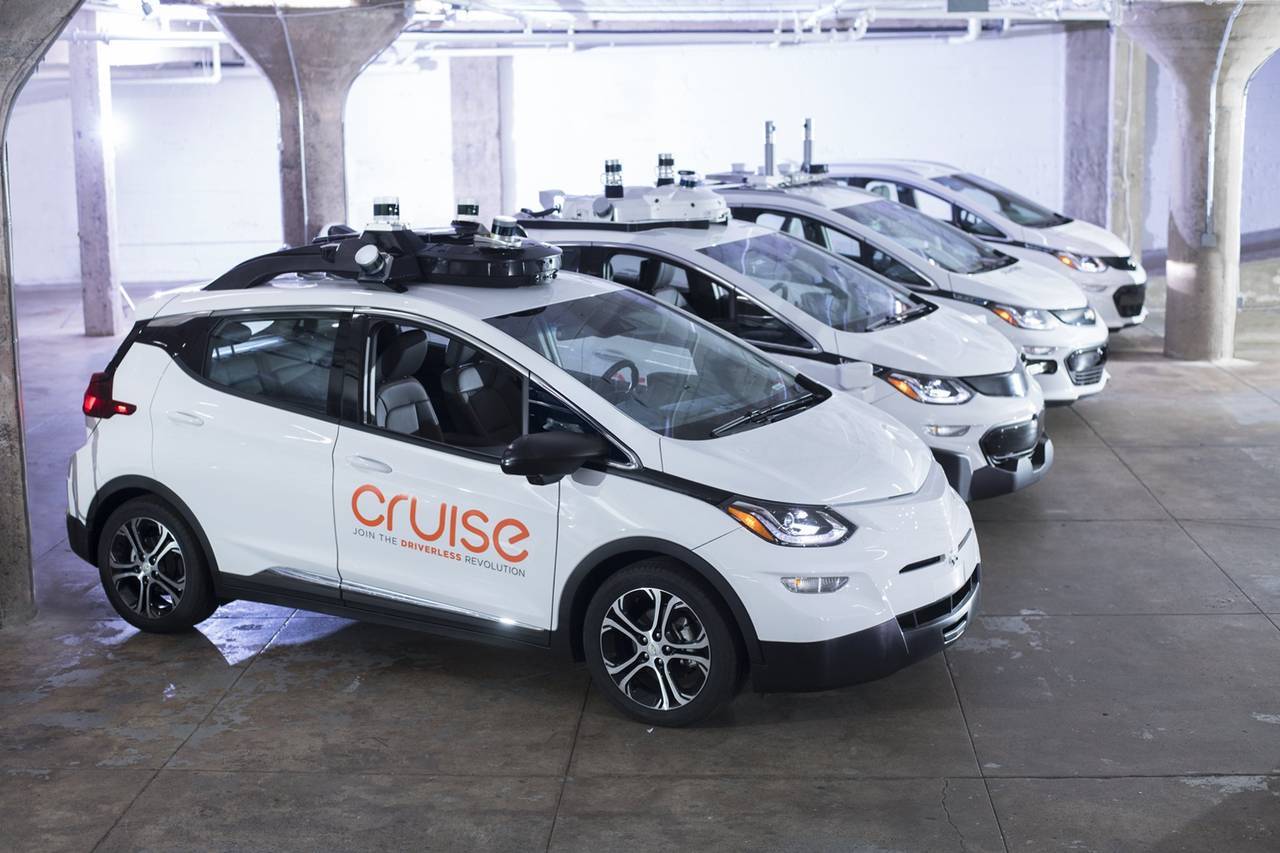One way legacy companies can change the recruiting and retention equation
One challenge most older, 'legacy' companies can face when recruiting and attempting to retain their most desired people and keep them from flocking to the newer, more exciting, and often more lucrative startups in their industries is their very own legacies and brands.
One could argue that 25 year old hotshot developers are not that interested in joining say an IBM, when they could jump on a new AI or blockchain startup. Or in finance, the allure of say a JP Morgan Chase might not hold all that much resonance when that same 25 year old has been immersed in crypto currency exchange technology for the last few years. Or in retailing, what would draw someone who has many options to a company like Walmart or Target, when modern, fast-moving, and tech-driven startups like Stitchfix seem to be much more exciting?
Well, one 'legacy' company is trying a really clever strategy for to address this challenge - the legendary auto manufacturer GM is looking to improve its success in recruiting and retaining talent for its new self-driving unit named Cruise, by offering new employees equity directly in the Cruise unit, and not in legacy GM. From a recent piece in TechCrunch describing the plan:
In what will be seen as a big recruiting and retention win for Cruise, employees will be offered equity in GM’s self-driving technology subsidiary rather than shares of GM. The securities offering was disclosed in a recent SEC filing for GM Cruise Holdings LLC.
The equity structure gives all Cruise employees the chance to own actual shares of Cruise, not in GM. It’s a critical development for a company, even one flush with new capital like Cruise, that is working to deploy autonomous vehicles on a commercial scale.
“The goal was primarily to create a new equity structure so that we could recruit and retain the best talent by giving them direct participation in potential upside in Cruise through owning actual shares in Cruise, which we didn’t have before,” Cruise CEO and co-founder Vogt told TechCrunch.
So how does a company like GM better compete for in-demand talent, that may be drawn to their smaller, upstart competitors? By making it seem for the most part that this talent doesn't really work for GM, they work for a self-driving car startup called Cruise that just so happens to be subsidiary of GM. And this allows GM not only to get a lift from not being wed to 100+ years of GM history from a branding perspective, it allows loosens up the compensation purse strings for these Cruise employees, as large, legacy companies like GM have much more rigid and formal methods of allocating compensation - ones that their startup competition usually are not encumbered by.
And if things work out for Cruise, the prospect for employees of really cashing in with a spinoff and an IPO add the carrot of potential future millions that 'legacy' GM would never be able to match. It's a clever way to combine the strengths of GM's legacy and history with some new ideas that shore up some of the weaknesses in that legacy.
And yes, I am a GM owner. But I am still driving my own car. For now anyway.
Have a great day!

 Steve
Steve
Reader Comments (1)
guys how can you calculate a retention rate in Excel?
لیزر موهای زائد